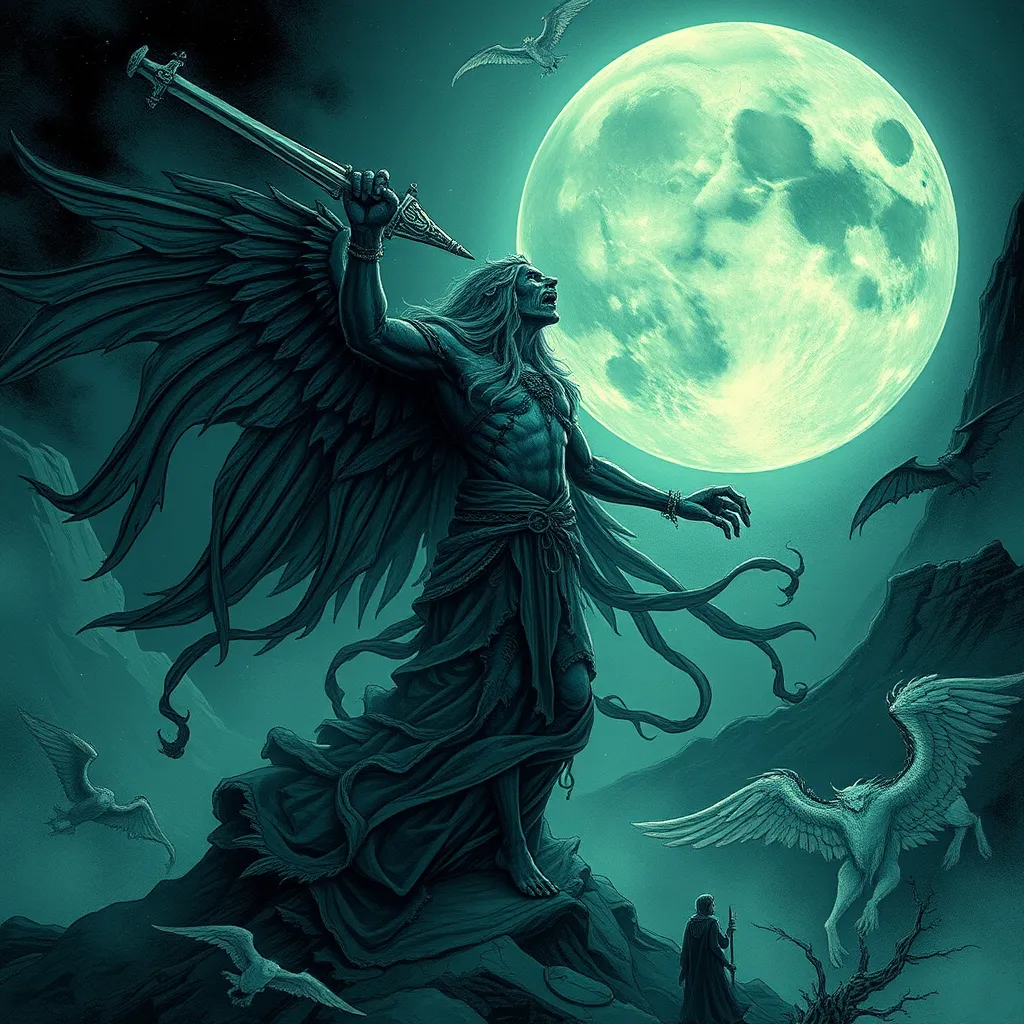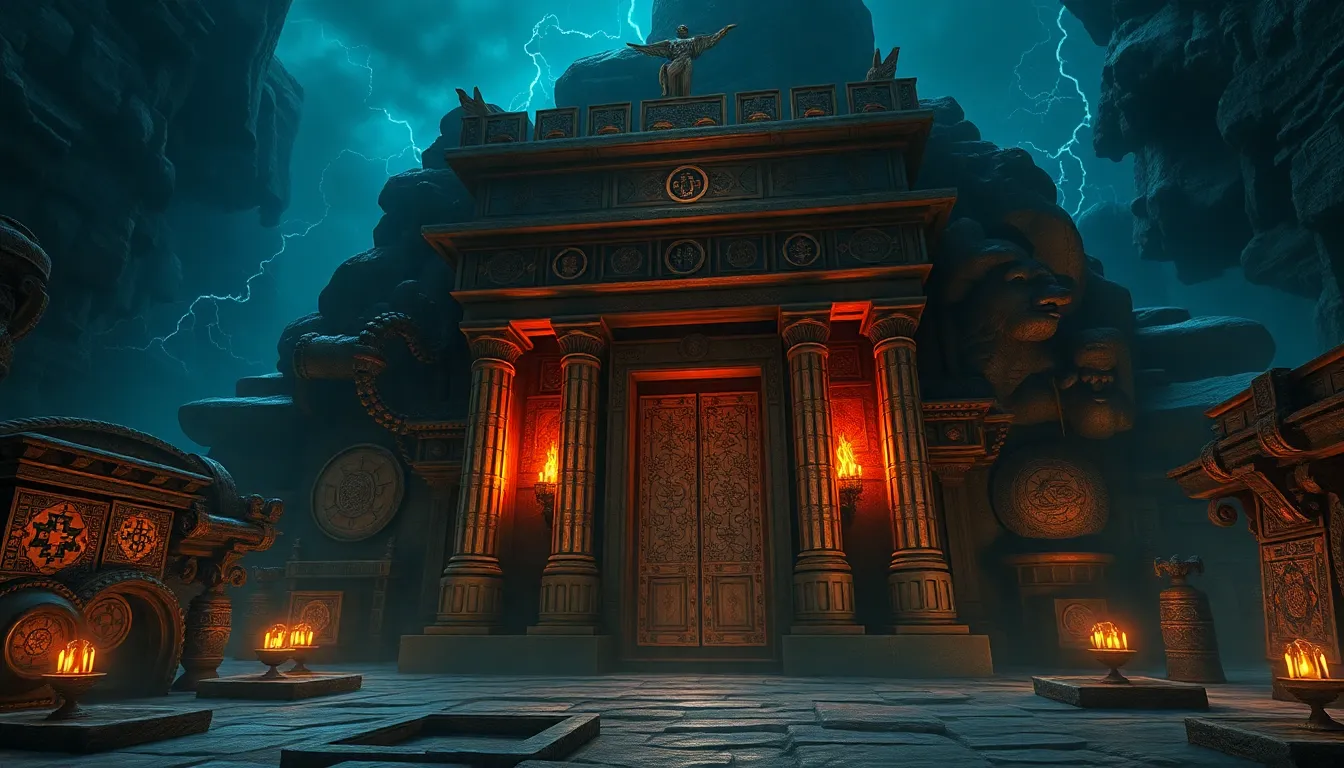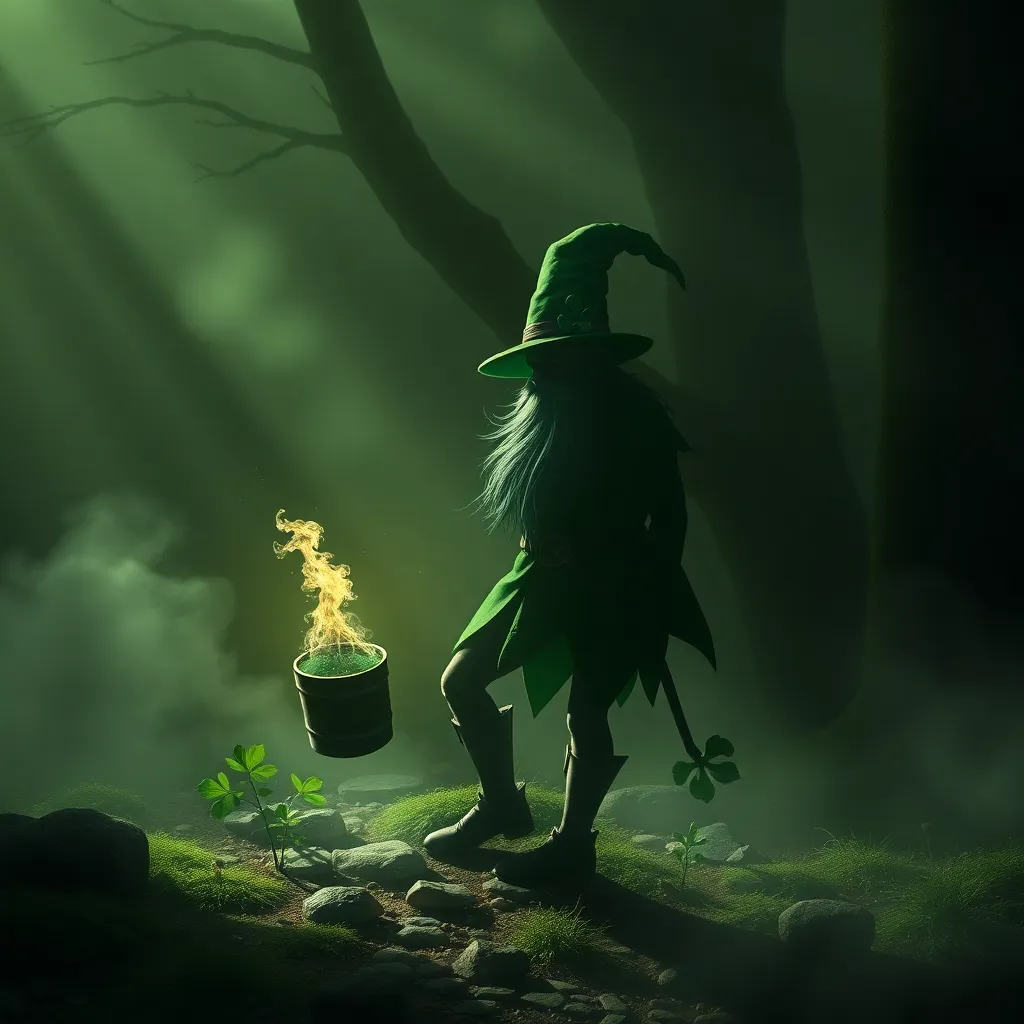The Banshee’s Voice: Analyzing the Language and Symbolism of the Myth
I. Introduction
The Banshee, or “Bean Sí” in Irish, is a mythical figure deeply rooted in Irish folklore, often depicted as a female spirit who heralds death. Traditionally, she is known for her haunting wails that foretell the demise of a family member. The significance of the Banshee’s voice extends beyond mere superstition; it is a profound symbol of mourning, loss, and the connection between the living and the dead.
This article aims to explore the multifaceted nature of the Banshee’s voice, analyzing its linguistic aspects, historical context, and symbolic meanings. Through this exploration, we will uncover how this mythological figure continues to resonate within contemporary culture and the human psyche.
II. Historical Context of the Banshee Myth
The origins of the Banshee can be traced back to ancient Celtic mythology, where she was often associated with the supernatural forces of the Otherworld. Early texts suggest that she was linked to the mythological Tuatha Dé Danann, a race of supernatural beings in Irish lore.
Over time, the portrayal of the Banshee has evolved, transitioning from a powerful, ethereal figure to a more tragic character steeped in sorrow. In the 19th century, her image became more romanticized, often depicted as a beautiful woman with flowing hair, embodying both beauty and tragedy.
Culturally, the Banshee holds significant importance in Irish society, serving as a reminder of the inevitability of death and the deep connections between families. Her cries are not just warnings but also expressions of grief that resonate within the communal consciousness.
III. The Linguistic Aspects of the Banshee’s Voice
The Banshee’s vocalizations are often characterized by a stark contrast between wails and cries. Wails are typically long, mournful sounds that reflect deep sorrow, while cries may be shorter and more urgent, signaling immediate danger.
From a linguistic perspective, the Banshee’s calls can be interpreted as emotional expressions that convey the gravity of impending loss. The very nature of her voice plays a critical role in foreshadowing death, illustrating how language can evoke powerful emotions:
- Wails: Often associated with mourning, representing the collective grief of a family.
- Cry: A more urgent sound, warning of an imminent death.
Language, in this context, serves as a conduit for emotional expression, allowing the Banshee’s voice to resonate with both fear and sympathy, embodying the complex interplay of life and death.
IV. Symbolism of the Banshee
The Banshee is a profound symbol of death and mourning, representing the inescapable reality of loss. Her presence is a reminder of the transient nature of life and the emotional weight that accompanies the death of loved ones.
Moreover, the Banshee is intricately connected to femininity and the female experience. She embodies the archetype of the grieving woman, highlighting themes of sorrow, care, and the nurturing aspects of femininity. This connection emphasizes the cultural perception of women as bearers of emotional burdens within families.
Interestingly, the Banshee also possesses a dual nature; she is both a harbinger of death and a protector of the family. In some tales, her cries serve as warnings, allowing families to prepare for the inevitable, thus transforming her image from a mere specter of doom to a guide through grief.
V. The Banshee in Literature and Art
The representation of the Banshee in Irish literature is rich and varied. She appears in numerous poems, stories, and songs, often symbolizing the deep sorrow of loss. Authors such as W.B. Yeats and James Joyce have incorporated the Banshee into their works, highlighting her significance in the Irish literary canon.
Artistically, the Banshee has been depicted in various forms, from traditional paintings to modern illustrations, showcasing her ethereal beauty and tragic essence. Visual symbolism often emphasizes her connection to nature, with flowing hair and garments that evoke the natural world.
In contemporary media, the Banshee continues to be a popular figure. She appears in films, television shows, and video games, often reinterpreted to fit modern narratives but still retaining her core symbolism of death and mourning.
VI. Comparative Analysis with Other Mythical Figures
When examining the Banshee, it is essential to compare her to other death-related mythical figures across cultures. For instance, the Banshee shares similarities with La Llorona in Hispanic folklore, both being female figures associated with mourning and loss.
Cross-cultural comparisons reveal universal themes of grief and the human experience:
- Banshee: A harbinger of death with ties to family.
- La Llorona: A weeping woman who mourns her lost children, symbolizing maternal grief.
- Yama-uba: In Japanese folklore, a mountain witch who embodies the fears of death and the unknown.
These figures demonstrate how cultures interpret loss and mourning through female archetypes, reinforcing the universal nature of these themes.
VII. The Psychological Impact of the Banshee’s Voice
The emotional response elicited by the Banshee’s wail is profound, often invoking feelings of fear, sadness, and foreboding. The psychological implications of her voice can be significant, as it embodies the fear of death and the unknown.
Moreover, the Banshee’s voice serves as a reminder of our mortality, prompting introspection about loss and the fragility of life. In modern interpretations, her wail can resonate with contemporary fears, reflecting societal anxieties about death and the afterlife.
VIII. Conclusion
In summary, the significance of the Banshee’s voice in myth is multifaceted, encompassing themes of mourning, femininity, and the inevitability of death. Her enduring legacy in culture highlights the deep emotional connections we share with the concepts of loss and grief.
As we continue to explore the Banshee and her symbolism, future research may delve into her role in contemporary society and how her voice resonates with modern audiences facing their own fears and losses. The Banshee remains a powerful figure, reminding us of the delicate balance between life and death, and the profound emotional experiences that accompany both.



